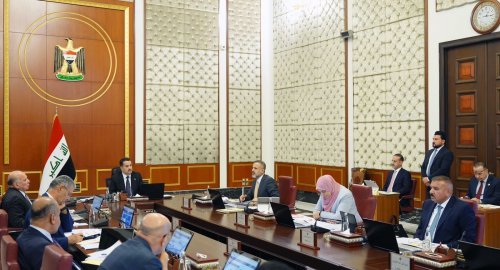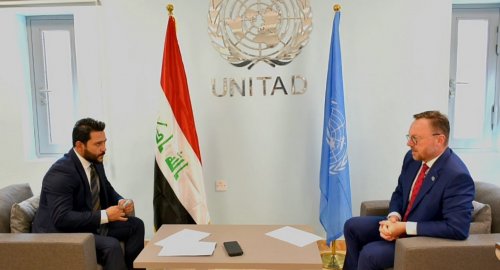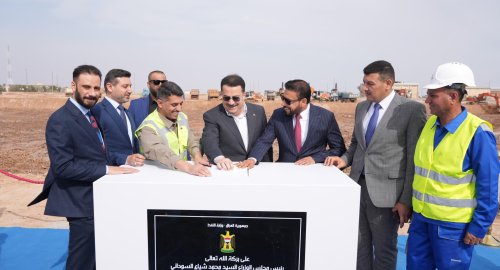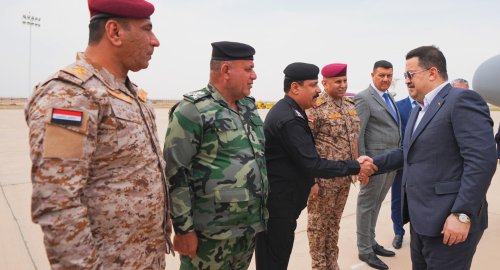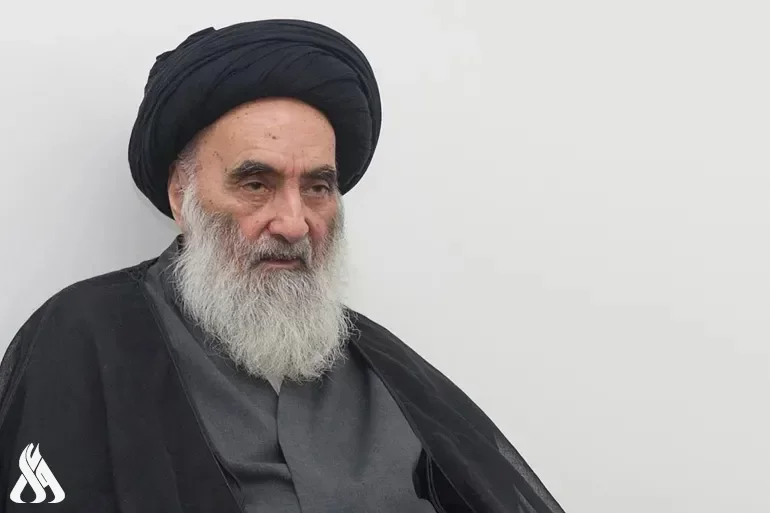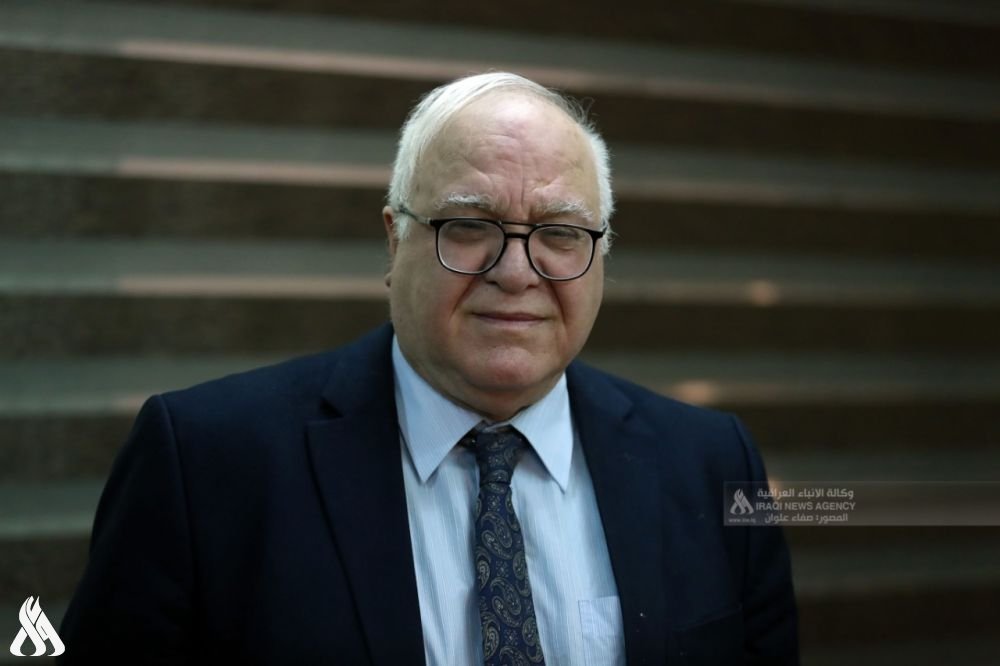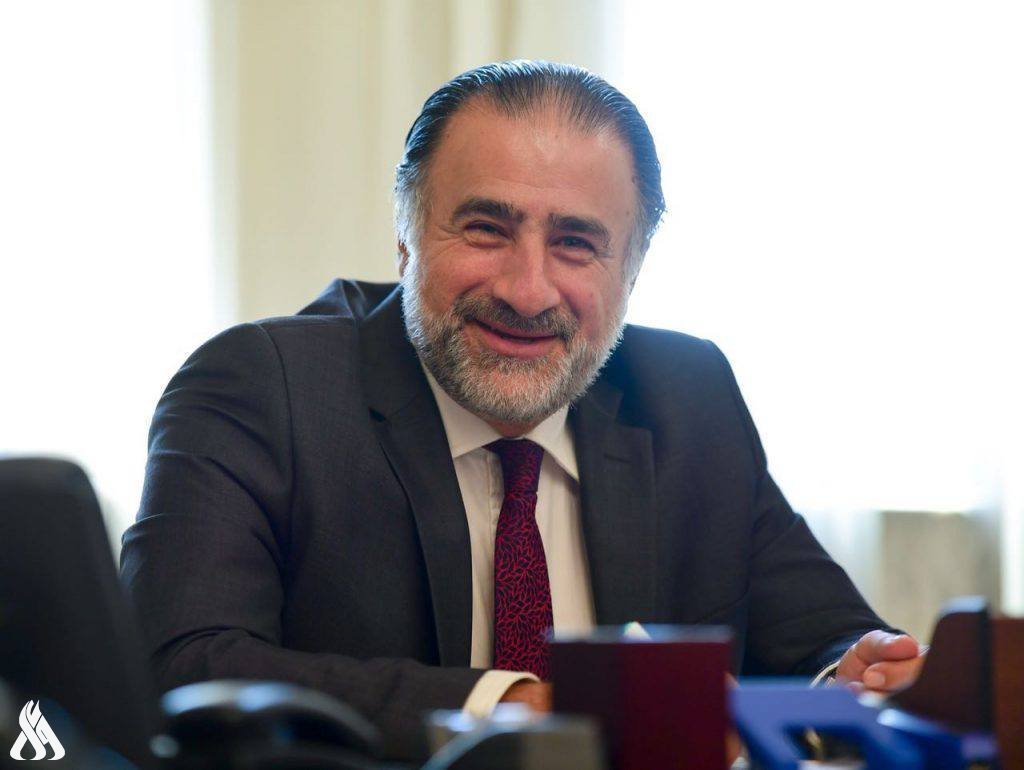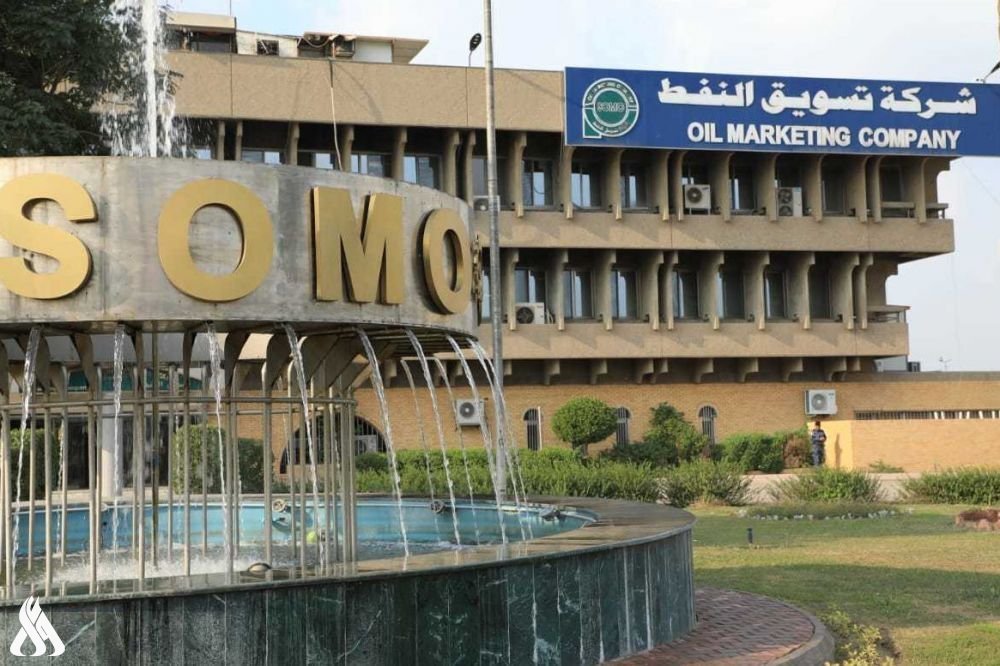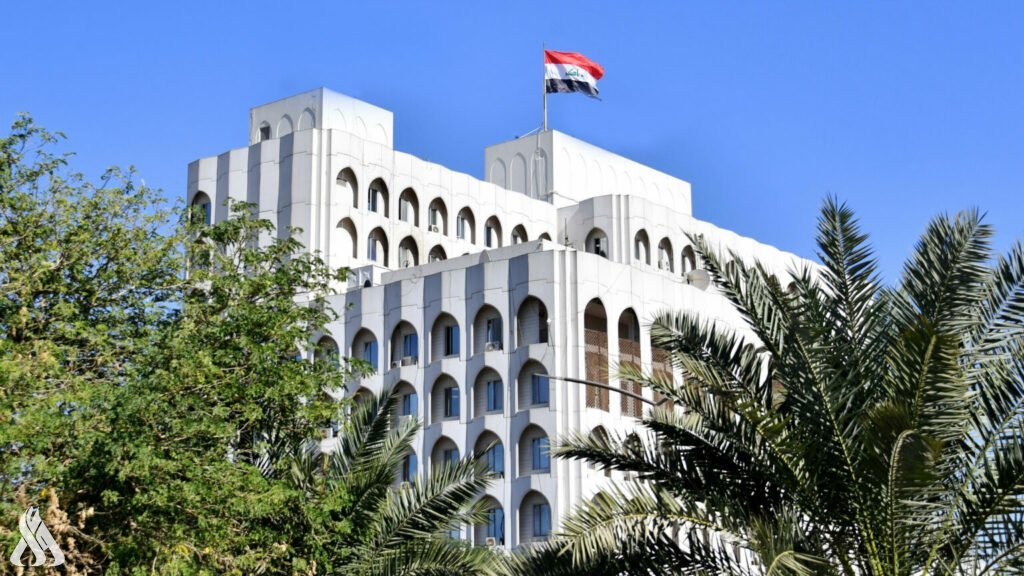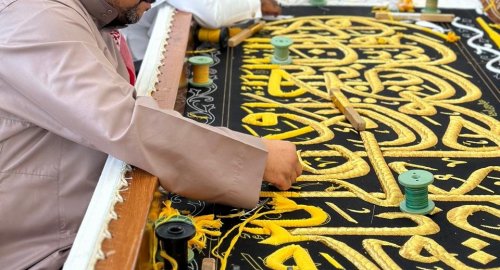
INA documents the stages of making the Kaaba’s covering (the kiswah) by the hands of the most skilled tailors

- 13-06-2024, 19:12
Makkah - INA
In a place close to the Holy Mosque in Mecca that only a few enter, is located the King Abdul Aziz Complex for the Manufacture of the Kaaba Covering, which was established (99) years ago, specifically in the year (1346) AH, a place where the hands of the best craftsmen and tailors intertwine. They are skilled with machines and work with great precision to spin priceless threads from which the purified Kaaba covering is made.
The Iraqi News Agency (INA) entered the complex where this blessed covering is made to document the manufacturing stages step by step.
The beginning was with the official spokesman for the complex, Ahmed Al-Suwaihri, who told the Iraqi News Agency (INA): “This factory, which was established (99) years ago, includes (222) workers, including (165) of the finest skilled craftsmen,” pointing out that “the cost The annual covering is estimated at (25) million riyals and is made of the finest types of luxurious silk. It remains for a year and is changed every year between the 15th of Dhu al-Qa’dah and the 8th of Dhu al-Hijjah.
He added, "The first stage of manufacturing the kiswah begins with dyeing the raw silk black in private laboratories. The second stage consists of placing the raw silk in large (reels) in the automated weaving department, to begin the third stage, during which the silk thread is transformed into a strong thread containing nine threads." It is combined into large, organized rollers, during which two types of fabric are woven. The first is decorated with golden verses and consists of (10) thousand threads. As for the second type of fabric, it bears the features of monotheism in exquisite decorations and is one meter wide and combined to form one piece. All the Qur’anic texts were written in Thuluth script and in a specific size in preparation for the printing and embroidery stage.”
In turn, handicrafts official Zaki Kassar told the Iraqi News Agency (INA): “The handiwork goes through four stages. The first is called the (stuffing) stage and begins by placing the print on the fabric for the craftsmen to cover it with yellow cotton. The second stage is called (Kabkaba) and it is of two types. The first is rough. The second is soft, through which the cotton is embroidered. The third stage is the “stitches” stage, which gives a huge shape to the letter, and the last stage is the “wire” stage, which is made of silver and plated with gold so that it becomes more flexible in movement.”
For his part, the automated production supervisor at the complex, Salman Al-Rukmani, explained to the Iraqi News Agency (INA) that “the automated production process goes through several stages. The first stage is called (the winding machine). This machine is the beginning of the work of the automated textile department, where the dyed silk is converted into special components for use.” In the second stage, the warp machine is used to prepare the warp threads for the silk fabric, which are approximately 1000 threads per meter, and they are gathered together in the form of a cylinder called the warp folder. This stage is called warping.
He continued, "The third stage is the twisting and assembling machine, which prepares the weft (cross) threads, combining all six wicks into one skein on a special (cunner) supplied to the weaving machines. As for the fourth stage, it is called the automatic weaving machine (jaquard), through which it makes the Kaaba covering." The outer curtain, the inner curtain of the Kaaba, and the inner curtain of the Prophet’s Chamber are in the form of sheets of pure silk fabric, and then the fifth stage is the automatic weaving machine (the plain), during which work is done on preparing the unadorned fabric used in the gilded pieces embroidered with Qur’anic verses, which are placed on the covering of the Kaaba from the outside. As for the sixth stage, it is the stage of the cotton weaving machine, through which the white cotton fabric is made to line the covering of the Holy Kaaba, the lining of the gold piece, and the white cloth used on the Holy Kaaba to notify the entry of pilgrims. As for the seventh and final stage, it is the stage of the garment assembly machine, where the silk energies are collected together with each other. To form the Kaaba’s covering in its final form, and the gold piece is attached to it.”
Japan to Grant Cryptocurrencies Legal Status
- Multimedia
- 06:31
Trump: US and Iranian officials in talks
- International
- 05:31
ChatGPT temporarily down due to pressure from cartoon trend
- Articles
- 05:16
Prime Minister Arrives in Maysan Governorate
- Local
- 04:26
Al-Sistani: Tomorrow, the 29th of Ramadan
- Local
- 25/03/29
SOMO: Iraq has the fourth-largest proven oil reserves in the world
- Economy
- 25/03/26

